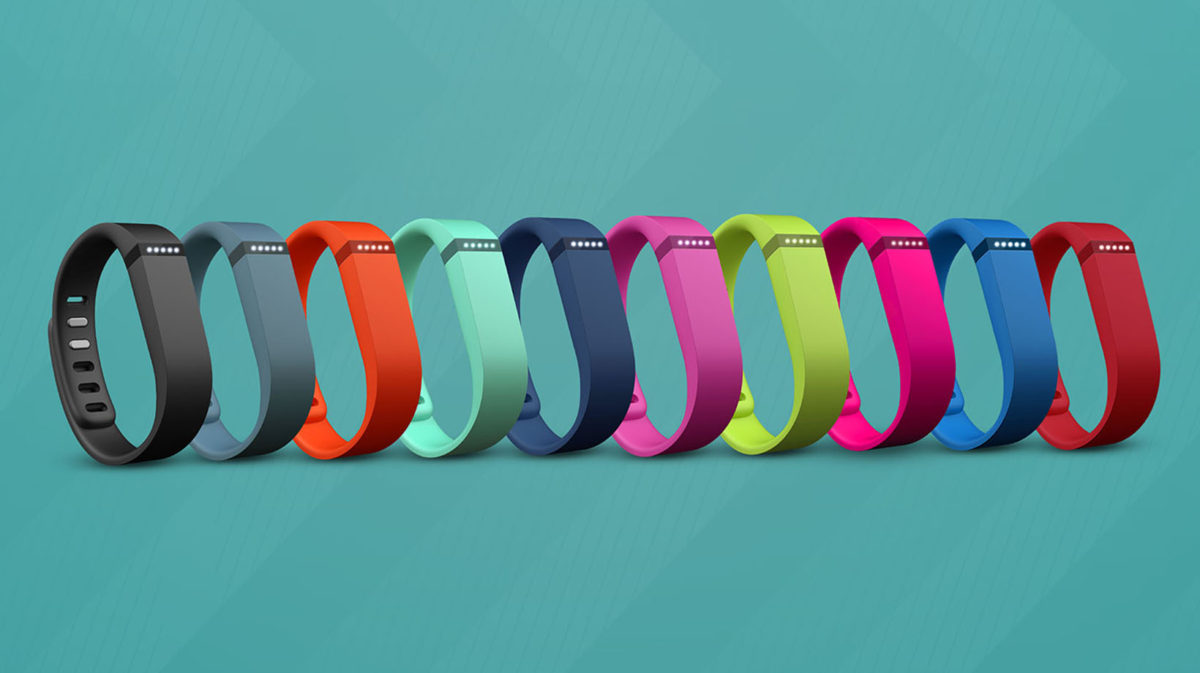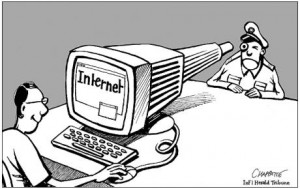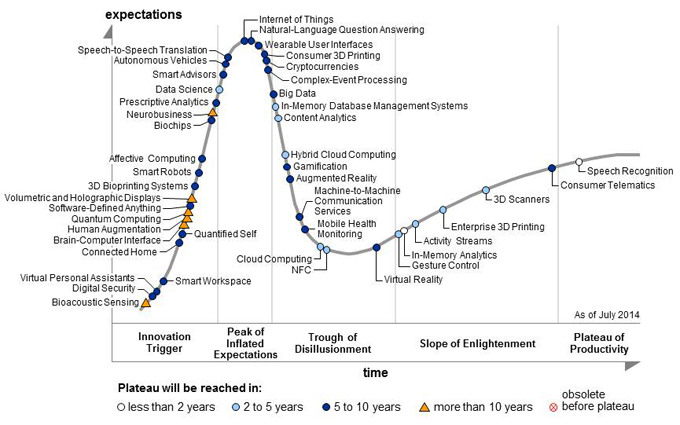There are many different types of athletes. Some like to go to gym early in the morning, others prefer to sweat late at night. Either way, Anytime fitness is the perfect solution. As the name states, this gym is open at any time! This is an option that not every gym has, so you can say Any time Fitness is a trend setter. However, even trend setters face some challenges. Let’s take a look at their IT challenge.
IT challenge
In times where data is omnipresent, companies do their best effort to capture this data for their own use. With this data it’s possible to give customers a personalized experience or to understand their needs. The problem is however that some companies do not know how to unlock the data or how to use it to gain a competitive advantage.
Nowadays, more and more data is collected through applications on smartphones and smartwatches such as the iOS Health app, the Runkeeper app or other applications. Anytime Fitness has a hard time making use of their data since they do not have a centralized point of data gathering. The challenge is: how can Anytime Fitness gather data and use it to segment their customers and give their customers a more personalized experience when working out?
Solution
The very core of this challenge is data gathering. How can Anytime Fitness gather data that customers generate during their workout? The solution for this IT challenge lies in the relatively new techniques revolving around wearables. Nowadays health wearables such as bracelets or smartwatches are disrupting the health industry.
The problem with these wearables however, is the wear-willingness of customers. They must be willing to wear the device, otherwise it will not gather data. The solution to this problem is simple. The fitness clubs will be designed in such a way they will need their wearable to access the fitness club or to use the machines.
Having tackled the problem of wear-willingness, it’s now important to discuss how the data is gathered and through which activities. From now on, every time a customer needs to scan their wearable, it will be called a POC or Point of contact. There are three important POCs: On the entrance, on the machines and on the lockers.
Personalized experience
As stated earlier, every POC generates data which can be used to create a personalized experience. This personalized experience consists out of two parts.
- Personalized training schedules. At this moment, Anytime Fitness uses schedules that are manually created by personal trainers. This takes a lot of time and effort, which they could be spending helping customers with their workout.
- The data that Anytime Fitness will gather will allow them to create more segmentation. This way they can target specific customer groups for certain activities such as women’s CrossFit.
Taking everything into account, we think that the introduction of wearables has a lot of potential for Anytime Fitness. Both the company and the customer will embrace and enjoy the new technology.

![Technology of the Week – [A clash of e-Market Titans: Bol.com vs. Coolblue]](https://digitalstrategy.rsm.nl/wp-content/uploads/2016/10/clash-of-the-titans-1200x900.jpg)





